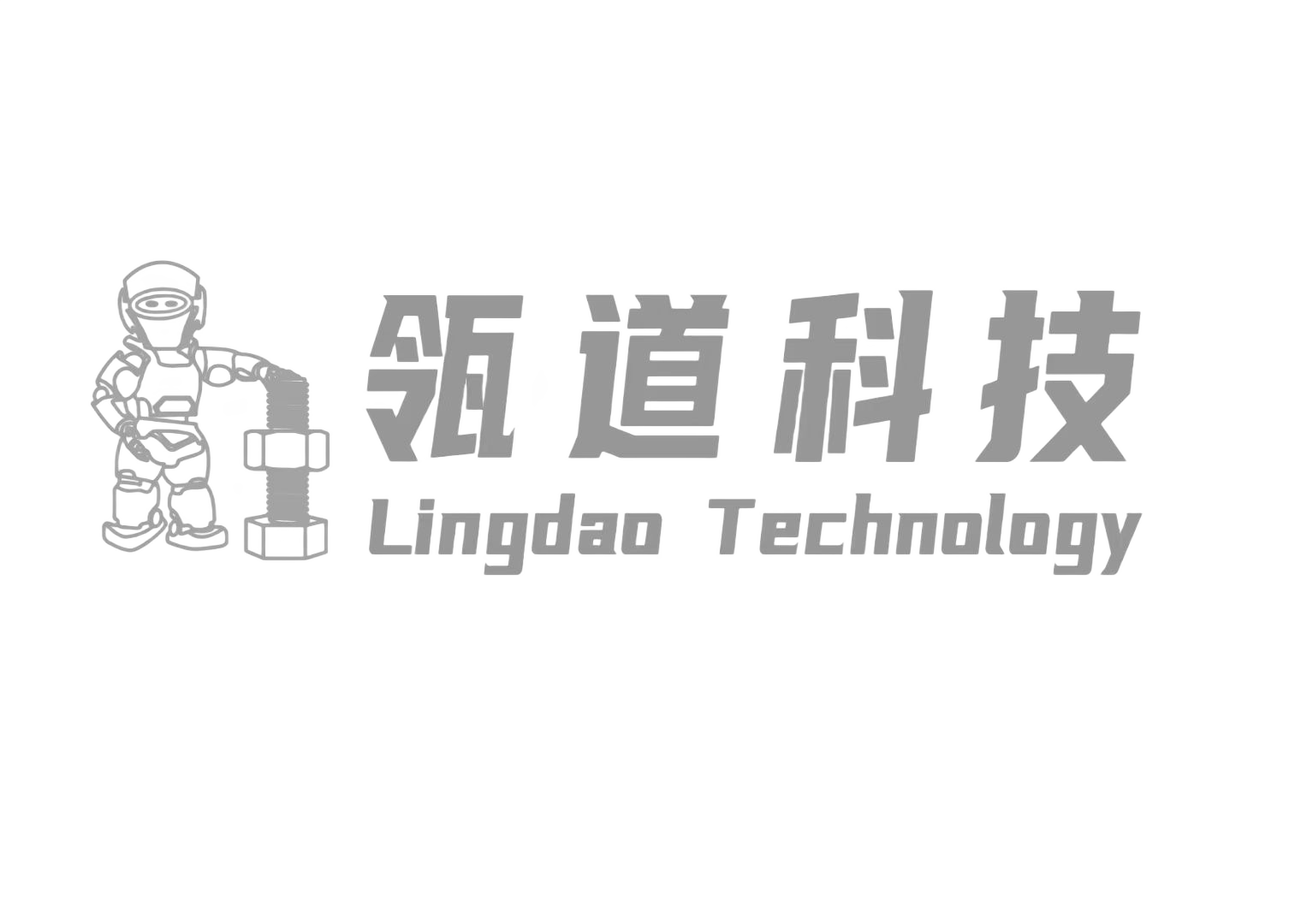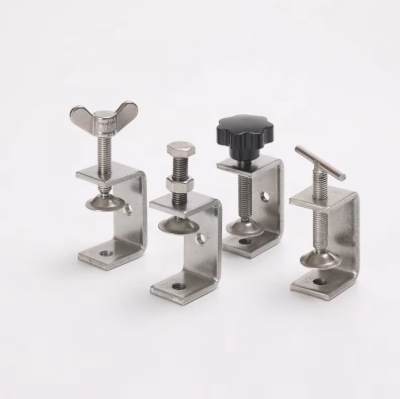Key Factors for Choosing the Right Hose Clamp
Intended Use and Application Environment
Picking out the right hose clamp starts with knowing exactly what job it needs to do. Different settings demand different solutions whether we're talking cars, pipes in homes, or heavy industrial equipment. What works great in one situation might fail completely in another because of things like changing temps, contact with harsh chemicals, or fluctuating pressure inside systems. Take automotive clamps for example they regularly face extreme heat and pressure from engine compartments. Meanwhile, clamps handling chemicals need special materials to stand up against corrosion over time. Most professionals rely on guidelines set by groups like SAE or ASTM when making selections. These standards aren't just paperwork they actually save money and headaches down the road. Someone who takes the time to understand their particular setup will find a clamp that holds up day after day without letting go when it matters most.
Material Compatibility and Durability
Checking if the materials in contact with clamps are compatible matters a lot for preventing early failures. Hoses come in all sorts of materials these days rubber, plastics, even some metals and each needs its own kind of clamp to work properly. Take stainless steel clamps for instance they pair really well with silicone hoses because stainless steel lasts longer and doesn't rust easily. When working around tough conditions like salt water or chemicals, aluminum components tend to break down faster than their stainless counterparts. That's why many professionals stick with stainless steel when reliability counts. Getting the right material combinations makes all the difference in how long a hose system will last and how efficiently it performs day after day.
Diameter and Tightening Force Requirements
Getting the hose diameter right is really important when picking out the correct hose clamp size. If the clamp doesn't fit just right, whether it's way too big or barely fits at all, we end up with leaks or worse, damaged hoses. When clamps are properly sized, they keep everything sealed tight without squeezing too hard. The amount of tightening matters a lot here. Too much force will actually tear the hose apart over time, but if it's not tightened enough, those pesky leaks happen again. For best results, grab a torque wrench whenever possible. It helps distribute the pressure evenly across the clamp, which makes both the hose and clamp last longer than random guessing ever could.
Standards and Certifications
To keep things safe and working properly, hose clamps need to meet certain industry standards. Organizations like ISO, ASTM, and DIN set these standards so manufacturers know what their clamps must withstand in different conditions. When a clamp has certification from one of these groups, it means someone actually tested it under tough situations before selling it to customers. Looking at paperwork from suppliers isn't just bureaucracy it tells us whether the clamp we're buying actually fits what we need for our particular job. Anyone working on important installations would be wise to stick with certified parts instead of cheaper alternatives that might fail when pressure gets high. The extra cost pays off in peace of mind knowing failures won't happen because of substandard components.
Types of Hose Clamps and Their Applications
Screw/Worm Gear Clamps: Versatility in Automotive and Plumbing
Screw or worm gear clamps stand out as some of the most flexible options when it comes to hose clamping solutions. What makes them special is their adjustable design that lets users fine tune how tight the clamp gets around whatever needs securing. Basically made from a metal band connected to a screw mechanism, these clamps give people pretty good control over just how snug things need to be. That's why mechanics and plumbers tend to reach for them so often. When working on cars or fixing pipes at home, there are plenty of situations where someone needs to adjust or take off hoses multiple times during a job. Most professionals know these clamps keep pressure steady without letting anything slip loose, something that matters a lot in both automotive repair shops and plumbing installations. Just one thing though nobody wants to forget about: don't crank those screws too tight or risk actually damaging the hose itself.
T-Bolt Clamps for High-Pressure Systems
T-bolt clamps get the job done in those high pressure situations where nothing less than solid sealing will do. The whole setup works because of that bolt and nut system which spreads pressure evenly along the hose connection point. That's why mechanics and engineers in tough sectors like automotive manufacturing and aircraft assembly rely on these bad boys so much. What makes T-bolts stand out? They hold up against serious stress without cracking or coming loose, something regular clamps just can't handle after repeated use. Tests have shown time and again that T-bolt models stay put even when pushed beyond what standard spring or worm gear clamps could manage. For anyone working with critical fluid transfer systems, this means fewer leaks, less downtime, and ultimately better safety margins in operations.
Ear Clamps: Quick Installation in Tight Spaces
Ear clamps have been crafted specifically for easy installation, especially when working in cramped areas where standard tools just won't reach. What makes these clamps stand out is those distinctive ears that get crimped during manufacturing, creating a solid grip around hoses. This feature works wonders in situations where space is at a premium, think about automotive cooling systems or fuel line installations where every inch counts. Plus, their flat profile means mechanics can install them without much hassle, cutting down both time spent and physical strain. These advantages make ear clamps a favorite among technicians who need to complete jobs quickly without compromising on quality connections.
Quick-Release Clamps for Frequent Adjustments
Quick release clamps really shine when adjustments happen often or maintenance is needed regularly. They work great in places such as food processing plants and HVAC installations, where workers need to get things apart quickly and put them back together just as fast. The beauty of these clamps lies in how simple they are to tighten or loosen, which means changes can happen fast without messing up the seal between hoses. When putting these clamps into service, it pays to know the right way to install them properly. Doing so keeps everything running smoothly while avoiding problems that come from making them too tight or adjusting them wrong in the first place.
Metal vs. Plastic Hose Clamps: Pros and Cons
Stainless Steel Clamps for Corrosion Resistance
The corrosion resistance of stainless steel clamps makes them stand out among competitors, especially when dealing with tough conditions. These clamps stop rust formation and last far longer than alternatives, which explains why many turn to them for work in places like boats and chemical plants. Field tests indicate they hold up remarkably well against salt spray, industrial chemicals, and temperatures that would melt lesser metals. Take a look at what happens along coastlines or aboard ships constantly battling seawater intrusion. Regular clamps start deteriorating within months while stainless ones keep functioning year after year. The fact that they resist rust means engineers can count on a tight, lasting connection in situations where equipment failure could cause major problems down the line.
Aluminum and Brass Options for Lightweight Needs
When weight matters but strength cannot be compromised, aluminum and brass hose clamps offer great options. Both materials weigh much less than steel, which makes them perfect for things like airplanes or cars where cutting down on pounds really improves how well everything works. Take aviation for example nobody wants to carry around unnecessary weight when flying because it burns through fuel faster. That's why pilots and engineers prefer these lighter clamps so their planes stay efficient in the air. Plus, let's face it, aluminum and brass tend to cost less than stainless steel alternatives. So for anyone working on a tight budget but still needing something durable enough for serious applications, these metal clamps hit the sweet spot between price and performance.
Plastic Clamps in Electrical and Chemical Environments
Plastic clamps work really well in situations needing good insulation properties or when dealing with harsh chemicals. Metal clamps conduct electricity, so plastic ones make much better choices for electrical setups where we don't want current passing through the clamp itself. But there's a catch. Plastic just isn't as strong as metal, which means these clamps aren't suitable for heavy duty jobs. They perform best in lighter applications where hoses won't face intense pressure or strain. Think about things like small scale chemical processing equipment. Here, plastic clamps stand out because they resist many chemicals that would actually eat away at metal versions over time.
Installation Tips for Optimal Performance
Avoiding Over-Tightening and Hose Damage
Over tightening is a common mistake that leads to damaged hoses. Too much pressure applied during installation often results in material failure, particularly with thinner wall hoses that tend to crack or tear under stress. Getting the right amount of tension requires knowing what works best for different materials and hose types. Experts generally agree that snug enough without being death grip tight makes all the difference in preserving hose quality and getting longer service life out of them. Proper installation means using the right tools for the job and applying just enough force so connections stay secure without compromising the hose itself. A good rule of thumb remains: if it feels really tight, it probably is.
Proper Placement for Even Pressure Distribution
Getting the hose clamp in the right spot matters a lot for spreading out pressure across the hose properly. When pressure is distributed correctly, the clamp does a much better job at stopping leaks and keeping things connected securely. Most folks find it works best to put the clamp about a quarter inch away from the hose end so it doesn't just slide around. Engineers will tell you to make sure the clamp sits straight on the hose and isn't twisted when tightening it down. We've seen plenty of installations go wrong simply because someone skipped this step. The payoff? A clamp placed correctly lasts longer and keeps the hose intact through all sorts of conditions without breaking down unexpectedly.
Post-Installation Leak Testing
Testing for leaks after installation really matters if we want to keep things safe and working properly. When we catch those little problems early on, we stop them from turning into bigger headaches down the road. Most folks find pressure tests work well, though sometimes just looking carefully at connections can spot issues nobody else would notice. OSHA regulations definitely mention routine leak checks as part of proper maintenance procedures. Sticking to these rules isn't just about following paper work either it actually makes sense practically speaking. Systems that get tested regularly tend to last longer and perform better overall, which saves money in the long run despite the upfront cost of testing.
FAQ
What factors should I consider when selecting a hose clamp?
When selecting a hose clamp, consider the intended use and application environment, material compatibility and durability, accurate diameter and tightening force requirements, and adherence to standards and certifications.
Are stainless steel hose clamps suitable for all environments?
Stainless steel hose clamps are particularly suitable for harsh environments due to their corrosion resistance, especially useful in marine and chemical processing industries where exposure to salts and chemicals is prevalent.
Why are quick-release clamps beneficial?
Quick-release clamps are beneficial for applications that require frequent adjustments or maintenance, providing operational flexibility and ease of access without compromising reliability.
How can I avoid over-tightening hose clamps?
To avoid over-tightening, use appropriate tools like a torque wrench, adhere to tension guidelines specific to the hose material and type, and ensure a firm but not excessively tight fit.

